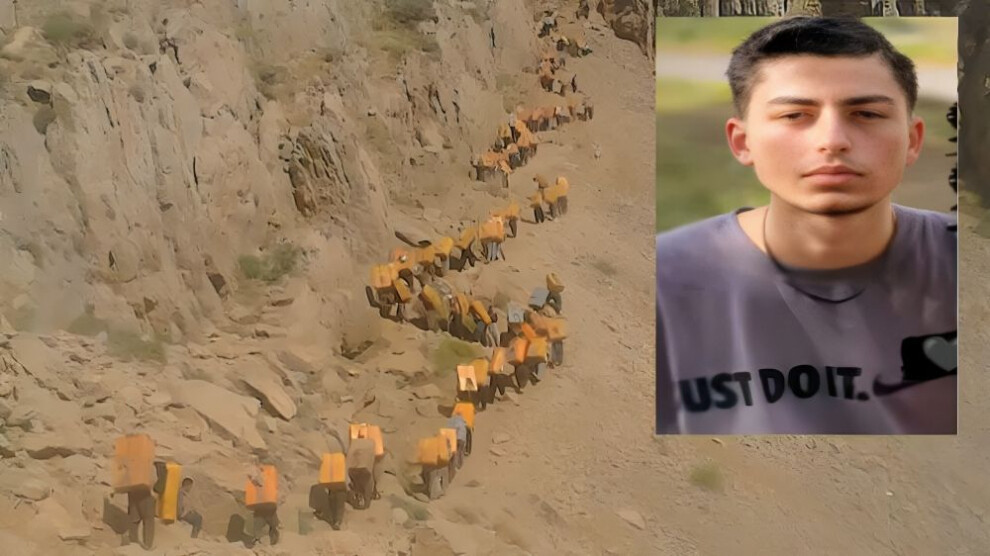Iran border guards kill a young kolbar in Baneh
The attacks of Iranian forces against Kurdish kolbars continue.
The attacks of Iranian forces against Kurdish kolbars continue.

The Kurdistan Human Rights Network (KHRN) reported that Sina Rasoulzadeh, a 19-year-old kolbar from Sardasht, West Azerbaijan Province, was shot dead by Iranian border guards in the Hangeh-ye Zhal border area of Baneh, Kurdistan Province, on 28 May.
The incident occurred when a group of kolbars in the area came under fire from the border guards.
According to KHRN, Rasoulzadeh’s body was taken to Salahuddin Ayoubi Hospital in Baneh, and it has not yet been released to his family.
In the past month, six kolbars—Shwana Ahmadpour, Hemin Ahmadi, Jalal Sohrabi, Ata Rostampour, Salar Ahmadi, and Vahid Ghaderpour—have also been killed by border guards’ gunfire in the border areas of Baneh, Saqqez, and Sardasht in the provinces of Kurdistan and West Azerbaijan.
Eastern Kurdistan has descended deeper into poverty through the years due to deliberate policies by the Iranian regime and stands out as one of the poorest regions in Iran. Compared to other regions, the area has seen significantly less investment and development has been deliberately curbed. Agriculture and industry weren’t allowed to develop, and as a result, unemployment rose to the highest in Iran.
Faced with policies of discrimination, oppression and impoverishment, carrying smuggled goods is not a choice but a must for survival.
Kolbar comes from the Kurdish words, “kol” (back) and “bar” (load). Kolbars make their living carrying loads along the perilous borderline. Their loads include cigarettes, mobile phones, clothes, housewares, tea and seldomly alcohol. They walk through dangerous terrain to continue this trade between Southern and Eastern Kurdistan. The goods they bring are sold at high prices in Tehran, but the kolbars who risk their lives for them are paid very modestly.
The intermediaries who take the deliveries and find buyers in cities are called kasibkars.
Kolbars and kasibkars range from 13 to 70 years old. Some only finished elementary school, while others are university graduates. They carry loads, because they can’t find any other employment. In the last 5 years, some 300 kolbars and kasibkars were killed in cold blood. There are no absolute statistics available about the deaths.